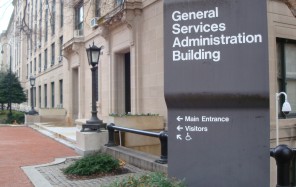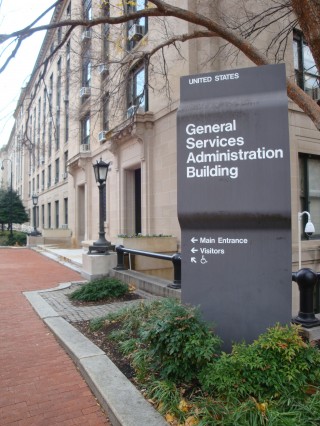Feds Aim to Use Less Energy With Innovative Building Technologies


GSA building in Foggy Bottom by Herr Vebah on Flickr
Last week, the The U.S. General Services Administration released two new reports regarding innovative building technologies that could help the government use less energy if implemented. They worked with the Department of Energy’s National Laboratories to test the viability of two new key innovations. “This innovative program is another example of GSA leading the way for the federal government,” said Dorothy Robyn, Commissioner of GSA’s Public Buildings Service. “By testing the effectiveness of these technologies, GSA is finding new ways that federal buildings across the nation can save both energy and taxpayer dollars.”
Responsive Lighting
The first of these technologies being evaluated was a package that includes workstation-specific lighting system, dimmable ballasts, occupancy sensors at each luminaire, and controls. There are many government service agencies that work very long hours and could see substantial savings as a result. The GSA notes:
The Responsive Lighting study evaluated the performance of new workstation-specific lighting systems. The study was conducted in five federal buildings in California and Nevada that represented a diverse set of agencies, occupancy patterns, work styles, and lighting. Results showed energy savings that ranged from approximately 27 to 63 percent over baseline conditions depending on the work space’s normal use. Lighting accounts for 39 percent of electricity costs in office buildings.
Plug Load Control
About 25% of the electrical load in a typical modern office comes from the various peripherals plugged into outlets, like printers, computers and copy machines. The GSA worked with a team from the National Renewable Energy Laboratory (NREL) to test some smart power strips that included three different load-reduction techniques; schedule timer control, load-sensing control, and a combination of the two.
Results showed the APS’ schedule based capability to be highly effective, reducing plug loads at workstations by 26 percent, and nearly 50 percent in kitchens and printer rooms. This technology could significantly reduce costs, as plug-loads account for roughly 25 percent of total electricity consumed within office buildings.
GSA owns and leases 9,600 buildings across the country and has the real estate portfolio needed to broadly test and install these technologies. A solicitation for submissions of building technologies to be tested under the GSA’s Green Proving Ground program in FY 2013 will be posted at the agency’s website in the coming weeks.


